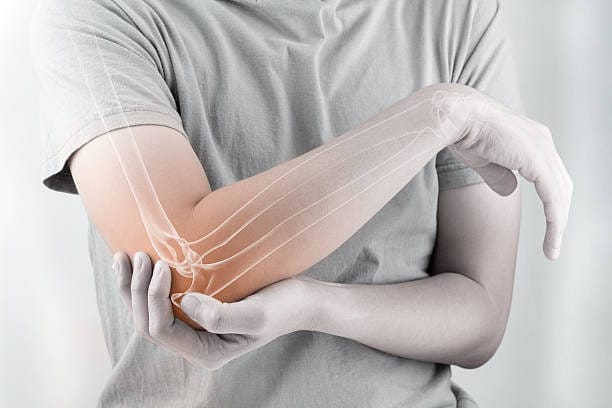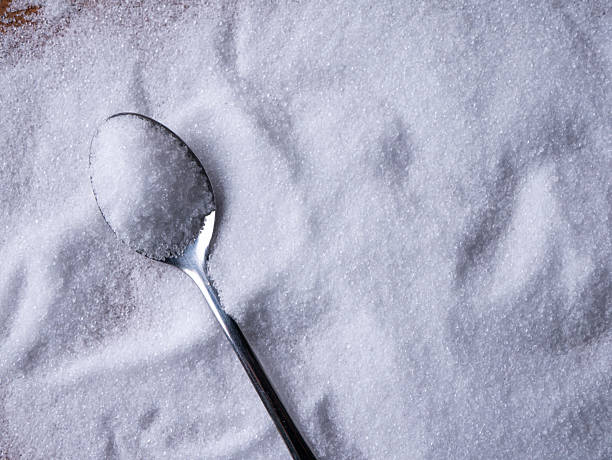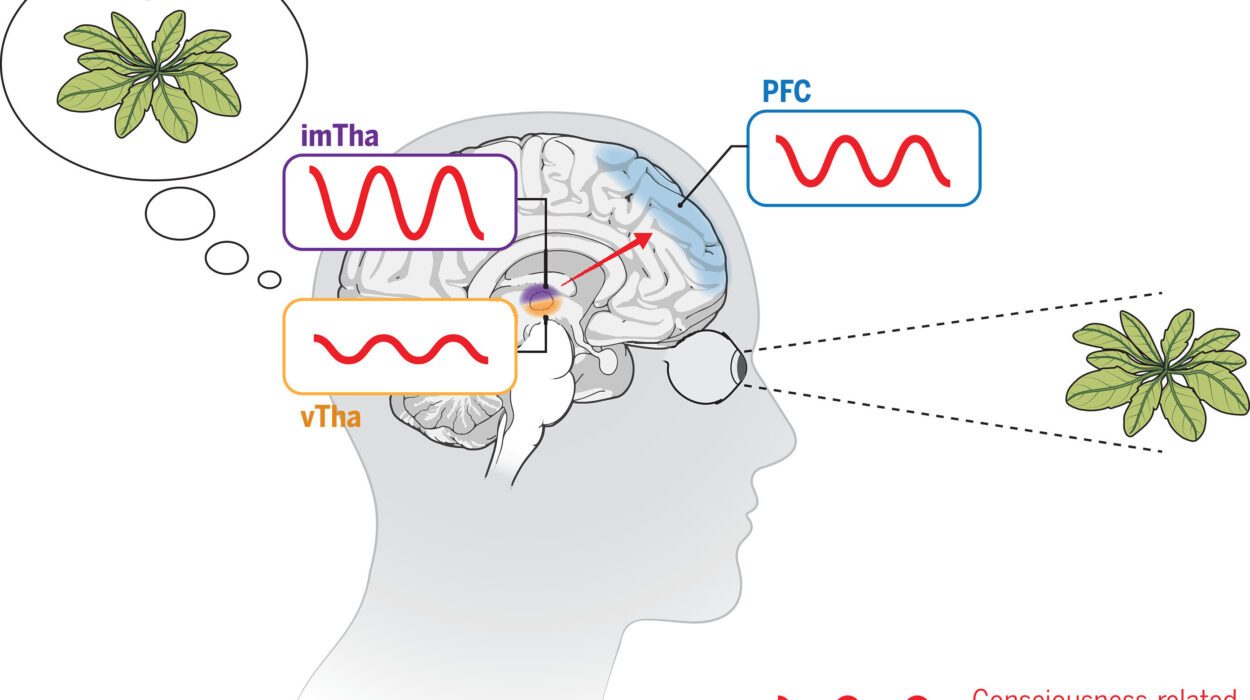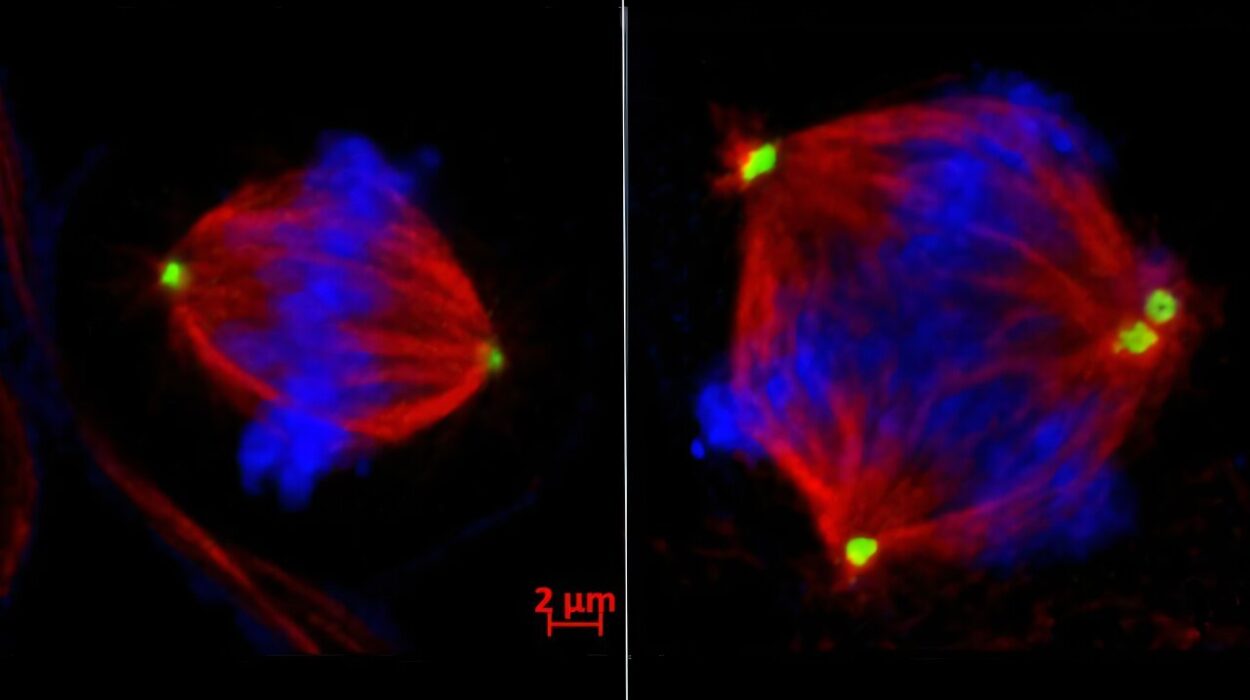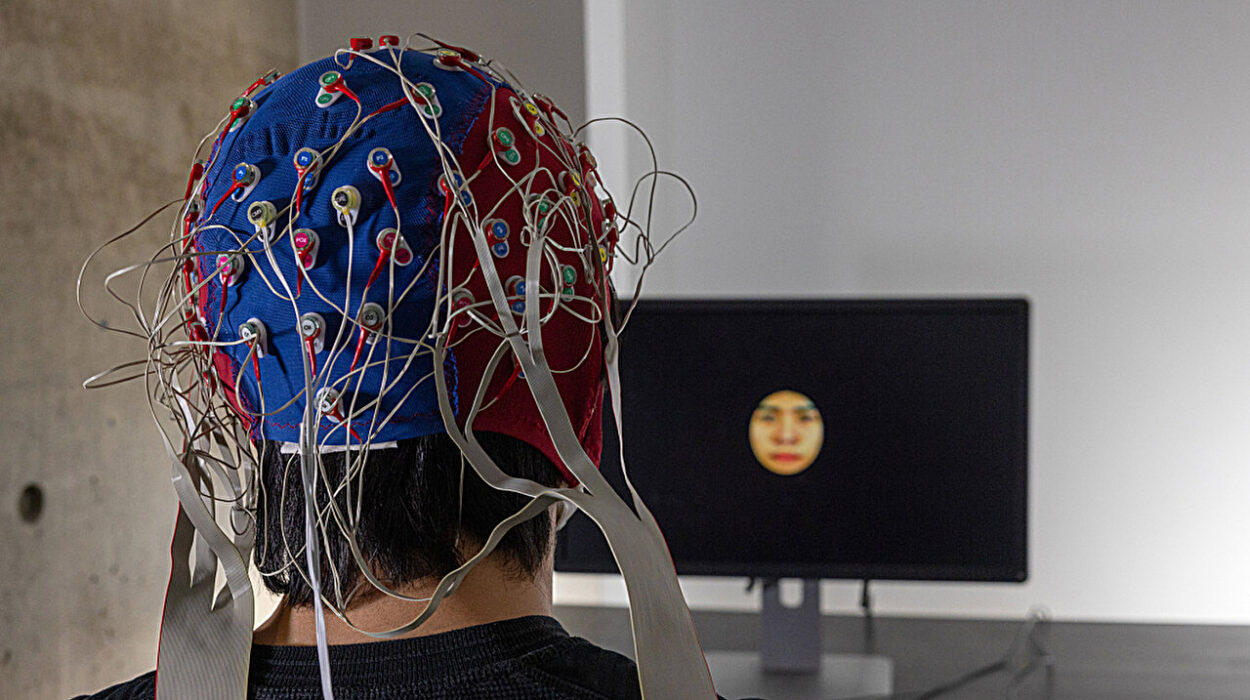In the stillness of everyday life, when a person bends down to tie a shoe, or reaches for a cup on a high shelf, the last thing one expects is the sound of a bone breaking. Yet for millions around the world, such simple actions can trigger fractures that are not just painful, but life-altering. This is the reality of osteoporosis, often called “the silent disease.” It creeps into the body without notice, weakening bones quietly over the years—until a fall, a sudden twist, or even a cough causes them to break.
Osteoporosis doesn’t announce itself with sharp pain or swelling. It doesn’t send warning signs that scream for attention. Instead, it whispers its way through the architecture of the skeleton, hollowing it out from within, like termites in wood. By the time it makes its presence known, damage has already been done.
But while osteoporosis is silent, it is not invincible. Through awareness, early detection, and modern medicine, it can be slowed, managed, and even in some cases reversed. To fight it effectively, we must first understand what it is, what causes it, how it manifests, and what options exist for testing and treatment.
What Is Osteoporosis?
Osteoporosis is a chronic condition that causes bones to become weak and brittle, making them prone to fractures. The word “osteoporosis” comes from the Greek words “osteo,” meaning bone, and “poros,” meaning porous. Literally, it means “porous bone.”
In healthy bones, there is a dynamic balance between the cells that build bone (osteoblasts) and those that break it down (osteoclasts). Throughout life, bone is constantly being remodeled—old tissue is removed and replaced with new. During youth, this process works to increase bone density. But as we age, the balance can shift. More bone is broken down than built up. Over time, bones become less dense and more fragile.
In someone with osteoporosis, the microstructure of bone deteriorates. Under a microscope, healthy bone looks like a honeycomb. In osteoporosis, the holes in the honeycomb are much larger, and the outer shell of the bone becomes thinner. This leads to bones that are less able to withstand even mild stresses.
It’s estimated that over 200 million people worldwide have osteoporosis, with the majority being women over the age of 50. But this is not a disease reserved solely for postmenopausal women. Men, younger adults, and even children can develop osteoporosis, especially if underlying risk factors are present.
The Hidden Burden
The burden of osteoporosis goes beyond broken bones. It takes a toll on independence, emotional health, and quality of life. A hip fracture, for example, can lead to long hospital stays, surgeries, long-term rehabilitation, and even permanent loss of mobility. Many older adults never regain full function after a major osteoporotic fracture. Some lose the ability to live independently altogether.
According to the International Osteoporosis Foundation, one in three women and one in five men over the age of 50 will experience osteoporotic fractures in their lifetime. In the U.S. alone, more than 2 million fractures each year are attributed to osteoporosis.
Despite this, osteoporosis is often underdiagnosed and undertreated. It’s a disease people often ignore—until it’s too late.
Understanding Bone Biology
To understand osteoporosis, we need to delve briefly into how bones work.
Bone is a living tissue, constantly remodeling itself. Specialized cells perform different functions:
- Osteoblasts are the builders. They produce new bone matrix and initiate mineralization.
- Osteoclasts are the demolishers. They break down old or damaged bone, releasing calcium into the blood.
- Osteocytes are former osteoblasts embedded within bone. They act as communication hubs, helping regulate remodeling.
This process is tightly regulated by hormones like estrogen, testosterone, parathyroid hormone (PTH), calcitonin, and vitamin D. It’s also influenced by physical activity, nutrition, and overall health.
Peak bone mass—essentially the strongest your bones will ever be—is reached around the age of 30. After that, bone mass gradually declines. For women, this decline accelerates after menopause due to the sharp drop in estrogen, a hormone critical for bone maintenance.
When the rate of bone resorption (breakdown) outpaces the rate of bone formation, the result is a net loss of bone mass. When this loss becomes significant, osteoporosis develops.
Causes and Risk Factors
Osteoporosis arises from a complex interplay of genetic, hormonal, lifestyle, and environmental factors. Sometimes it’s classified as primary (due to aging and menopause) or secondary (caused by medications or other diseases).
Age and Hormones
Aging is the most significant risk factor. As we grow older, our body’s ability to form new bone decreases. For women, menopause is a major turning point. The drop in estrogen triggers rapid bone loss, particularly in the first 5–10 years after menopause.
Men also lose bone as they age, but the process is more gradual. By age 70, men and women tend to lose bone at similar rates, though men generally have higher peak bone mass to begin with.
Nutritional Deficiencies
Calcium and vitamin D are critical for bone health. Calcium is the main mineral in bones, while vitamin D helps the body absorb it from the gut. Inadequate intake or absorption of either can lead to weakened bones.
Sedentary Lifestyle
Bones are strengthened by use. Weight-bearing activities like walking, dancing, or lifting weights stimulate bone growth. A sedentary lifestyle, on the other hand, promotes bone loss.
Medical Conditions
Certain diseases can contribute to osteoporosis, including:
- Rheumatoid arthritis
- Celiac disease
- Inflammatory bowel disease (IBD)
- Hyperthyroidism
- Chronic kidney or liver disease
- Eating disorders like anorexia nervosa
Medications
Some drugs weaken bones, especially with long-term use:
- Glucocorticoids (e.g., prednisone)
- Anticonvulsants
- Aromatase inhibitors (used in breast cancer)
- Proton pump inhibitors
- Some cancer treatments
Genetics and Family History
If your parents or grandparents had osteoporosis or broke a hip, your risk may be higher. Genetics plays a strong role in determining peak bone mass and rate of loss.
Other Risk Factors
- Smoking
- Excessive alcohol intake
- Low body weight
- History of fractures
- Early menopause (before age 45)
- Long-term immobility
Symptoms: When Silence Breaks
One of the cruelest aspects of osteoporosis is its stealth. It doesn’t cause pain or visible symptoms in its early stages. That’s why it’s often called the “silent thief.” Most people discover they have osteoporosis only after they break a bone.
However, as the disease progresses, certain signs may appear:
- Fractures from minor trauma: Especially in the hip, spine, wrist, or ribs.
- Loss of height: Over time, compression fractures in the spine can cause a person to shrink.
- Stooped posture (kyphosis): A curved upper back, often called a “dowager’s hump,” caused by vertebral collapse.
- Back pain: Caused by tiny fractures in spinal vertebrae.
These symptoms can develop slowly, almost imperceptibly. An older adult who becomes shorter over the years or develops a hunched back may not suspect a bone disease is at work.
Diagnosis and Testing
Osteoporosis can be diagnosed before fractures occur using specialized tests that measure bone density. Early detection is key.
Bone Mineral Density (BMD) Testing
The gold standard is a dual-energy X-ray absorptiometry (DEXA or DXA) scan. It is painless, fast, and non-invasive. It measures bone density at key sites—typically the hip and spine—and compares the results to the average peak bone mass of a healthy young adult.
The results are given in T-scores:
- Normal: T-score of -1.0 or above
- Osteopenia (low bone mass): T-score between -1.0 and -2.5
- Osteoporosis: T-score of -2.5 or lower
- Severe osteoporosis: T-score below -2.5 plus history of fractures
Other Tests
- FRAX Score: An online tool developed by the WHO that calculates a 10-year risk of fracture.
- X-rays: Can detect fractures but not early bone loss.
- Blood tests: Help rule out secondary causes (e.g., vitamin D deficiency, thyroid disorders, calcium levels).
- Bone turnover markers: Sometimes used to monitor response to treatment.
Treatment: Holding On to Bone
While osteoporosis cannot always be cured, it can be effectively managed. The goals of treatment are to:
- Slow or stop bone loss
- Increase bone density
- Prevent fractures
- Minimize pain and disability
Lifestyle Modifications
Before or alongside medications, lifestyle changes are essential:
Nutrition
- Calcium: Adults over 50 should aim for 1,200 mg/day through diet or supplements.
- Vitamin D: Needed for calcium absorption; aim for 800–1,000 IU/day.
- Protein: Important for bone and muscle health.
- Limit alcohol and caffeine: Excessive amounts can interfere with calcium metabolism.
Exercise
- Weight-bearing and resistance training build and preserve bone.
- Balance and flexibility exercises reduce fall risk.
Fall Prevention
- Remove home hazards (e.g., loose rugs, clutter).
- Use assistive devices if needed.
- Get regular vision and hearing checks.
Medications: Building and Preserving Bone
Several classes of drugs are used to treat osteoporosis:
Bisphosphonates
These are first-line drugs that slow bone breakdown:
- Alendronate (Fosamax)
- Risedronate (Actonel)
- Ibandronate (Boniva)
- Zoledronic acid (Reclast)
They can be taken orally or by injection. They reduce fracture risk by up to 50%.
Denosumab
A monoclonal antibody (Prolia) given as an injection every 6 months. It slows bone resorption by blocking a protein involved in osteoclast formation.
Hormone Replacement Therapy (HRT)
Estrogen therapy can prevent postmenopausal bone loss but is generally not used solely for osteoporosis due to associated risks (e.g., breast cancer, blood clots).
Selective Estrogen Receptor Modulators (SERMs)
Drugs like raloxifene mimic estrogen’s bone-protective effects without some of the risks.
Parathyroid Hormone Analogs
Drugs like teriparatide (Forteo) and abaloparatide (Tymlos) stimulate bone formation. They’re reserved for severe osteoporosis.
Romosozumab
A newer anabolic agent that both increases bone formation and decreases resorption.
Emotional Impact: Healing the Invisible Wounds
Osteoporosis is not just a disease of the body. It affects the mind and spirit, too. After a fracture, many patients struggle with fear—fear of falling again, of losing independence, of becoming a burden. Some withdraw from activities and social events, accelerating physical and emotional decline.
Depression, anxiety, and isolation are common. But support can make a profound difference. Rehabilitation programs, support groups, counseling, and open conversations about fears and goals are vital parts of healing.
Hope for the Future
Research into osteoporosis is rapidly advancing. Newer treatments aim to not just preserve, but regrow bone. Scientists are exploring:
- Gene therapies
- Stem cell treatments
- Targeted delivery of bone-forming drugs
- Gut microbiome manipulation
Public awareness campaigns and updated clinical guidelines are improving early detection. Bone health is finally getting the attention it deserves.
Conclusion: Stronger Than It Seems
Bones may seem solid, silent, and unchanging—but they are alive. They carry us, protect us, and enable every move we make. When they weaken, we don’t just lose physical strength—we risk losing a piece of who we are.
Osteoporosis may be a silent disease, but it doesn’t have to be a silent fate. With the right knowledge, proactive care, and compassionate treatment, we can help people stand taller, live longer, and thrive. Even in fragility, there is resilience. And even in thinning bone, there is hope.
